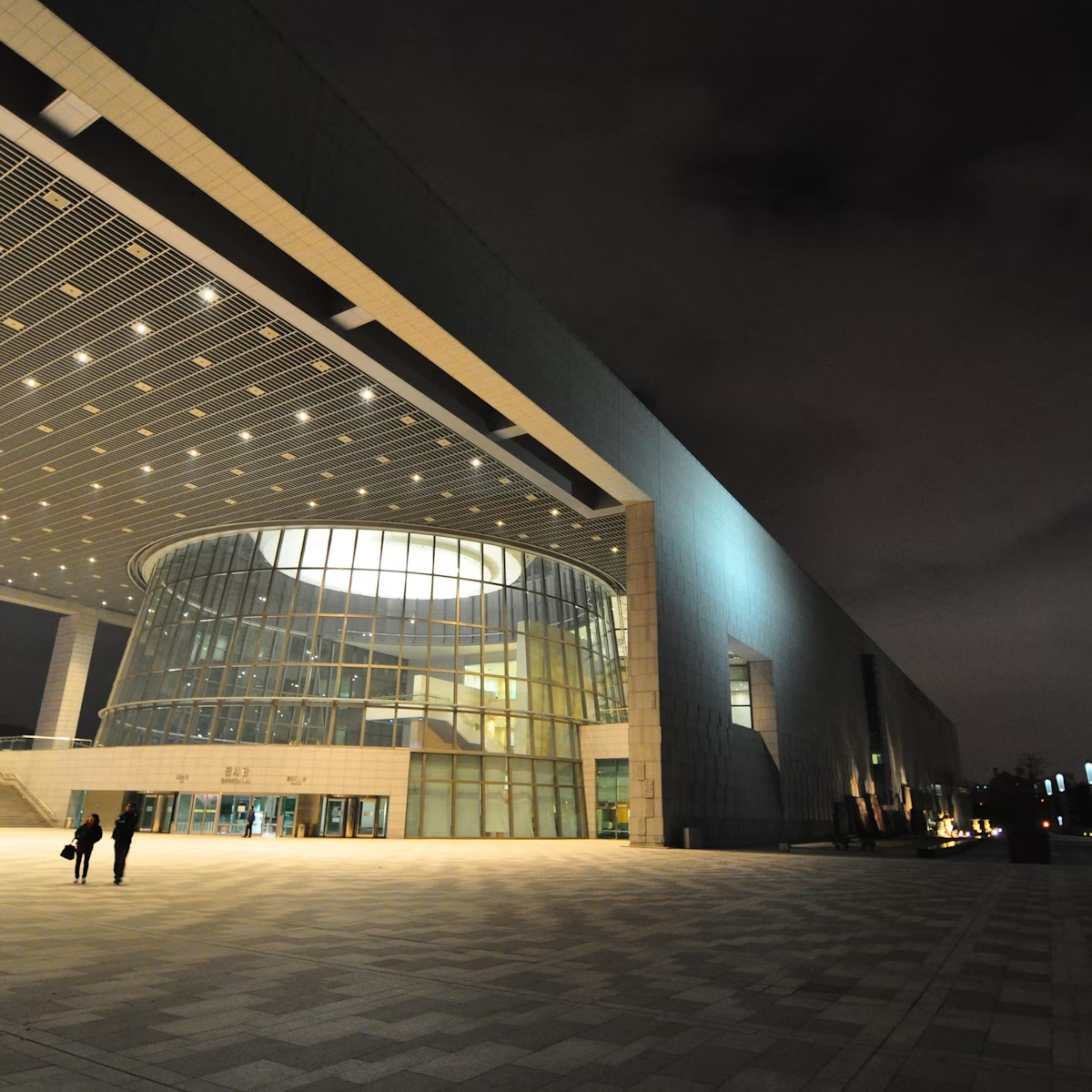The focus of Jogye-sa is the grand wooden hall Daeungjeon, Seoul's largest Buddhist worship hall and the epicentre of Korean Buddhism. Completed in 1938, its design followed the Joseon-dynasty style. The exterior is decorated with scenes from Buddhaтs life and carved floral latticework, while inside are three giant Buddha statues: on the left is Amitabha, Buddha of the Western Paradise; in the centre is the historical Buddha, who lived in India and achieved enlightenment; on the right is the Bhaisaiya or Medicine Buddha, holding a medicine bowl.
On the right as you enter Daeungjeon, the small 15th-century Buddha in the glass case was the main Buddha statue before he was replaced by the much larger triad in 2006. Also on the right-hand side is a guardian altar with lots of fierce-looking guardians in the painting behind, and on the left side is the altar used for memorial services.
Believers who enter the temple, which is the headquarters of the Jogye Order of Korean Buddhism, bow three times, touching their forehead to the ground т once for Buddha, once for the dharma (teaching) and once for the sangha (monks) who serve in this temple. Outside there are candles (like Buddha they light up the world, dispelling darkness and ignorance) and incense sticks (the smoke sends wishes up to heaven).
Behind the main shrine is the modern Amitabha Buddha Hall, where funeral services are held. On the left side of the compound is the octagonal 10-storey stupa in which is enshrined a relic of Buddha brought to Korea in 1913 by a Sri Lankan monk.
The Beomjongru (Brahma Bell Pavilion) houses a drum to summon earthbound animals, a wooden fish-shaped gong to summon aquatic beings, a metal cloud-shaped gong to summon birds and a large bronze bell to summon underground creatures. The bell is struck 28 times at 4am and 33 times at 6pm.
The Central Buddhist Museum has three galleries of antique woodblocks, symbol-filled paintings and other Buddhist artefacts.
Near the main entrance gate is the Information Centre for Foreigners, staffed by English-speaking Buddhist guides. Drop by here to make a booking for the Temple Life program (тЉ30,000; 1pm to 4pm Saturday), which includes a temple tour, meditation practice, lotus-lantern and prayer-bead making, woodblock printing, painting and a tea ceremony. An overnight templestay can also be arranged here.
The temple compound, always a hive of activity, really comes alive during the cityтs spectacular Lotus Lantern Festival celebrating Buddhaтs birthday (dates change annually according to the lunar calendar).








